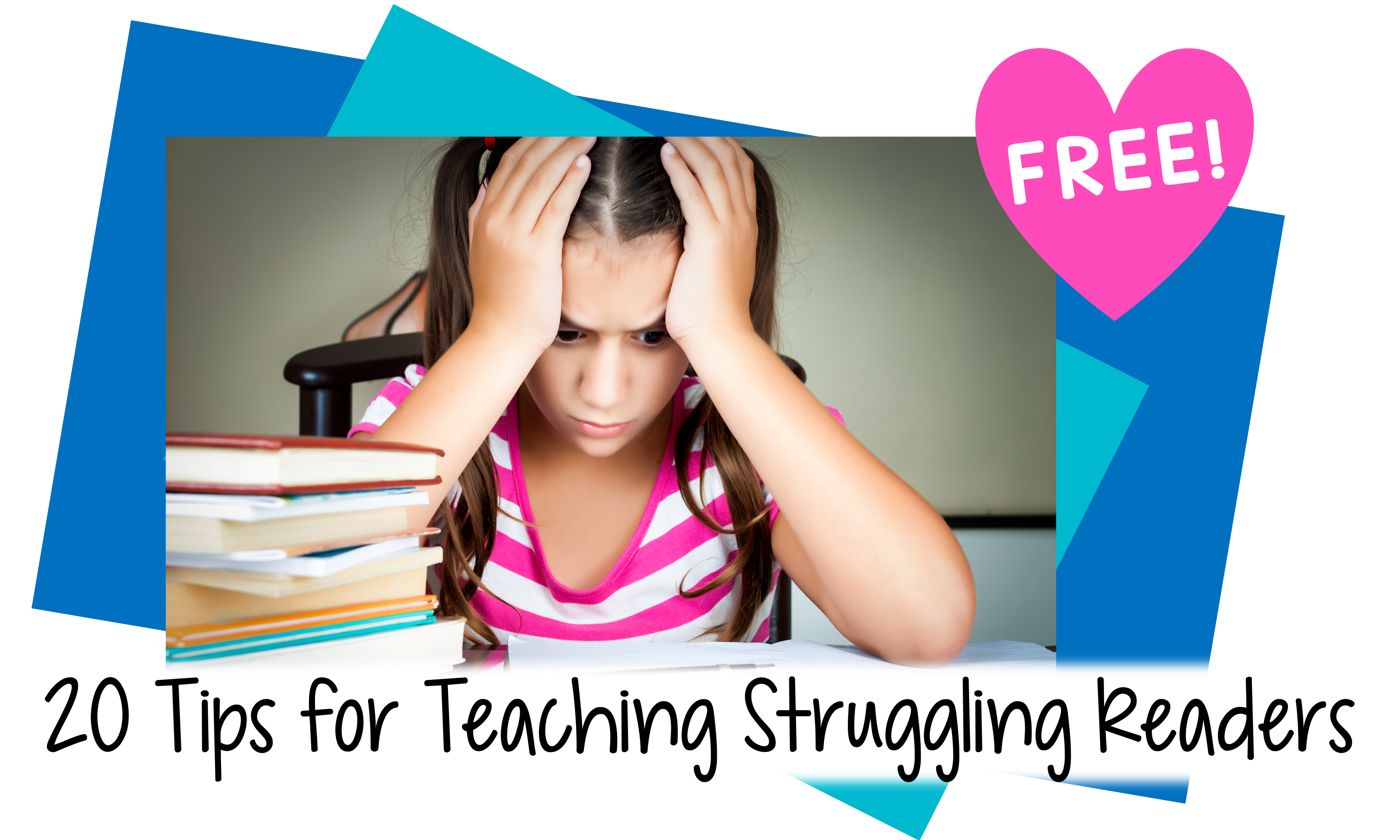Spring is here…Yea! Welcome to a repeat edition of Book Box. Here again is a themed list of leveled books, this time about spring. Two of my favorite authors are Kris Bonnell and Michele Dufresne. We authors of leveled readers learn from each other–and from the kids, of course! Thank you, Kris and Michele, for your wonderful books. Happy Spring, everybody!
Can you believe that it’s already September and back-to-school time? Welcome to the fall edition of Book Box. You may recall that, every season, I like to post books by my favorite leveled reader authors. Click here to read the list. I hope your students will enjoy reading these books–and that you will appreciate how helpful they are for nurturing young readers!
Have you ever heard of metafiction? I hadn’t until I read Sylvia Pantaleo’s article,“The metafictive nature of postmodern picture books” in The Reading Teacher. [i] Now I’m a metafictive picture book convert and want to share my enthusiasm with you! I know. The term sounds serious, but it’s not. Metafiction is fun. In fact, some metafictive picture books are the silliest books I have ever read, and others are just flat out creative! Kids love them, and you will, too–but first a little background information.
Beware the summer slide! Do I mean to be careful when climbing on the sliding board at the playground? No! I’m talking about the regression in academic skills students can experience over summer vacation. Classroom teachers and reading specialists know all too well that many children enter school in the fall reading a few weeks or months behind where they were functioning when school ended the previous spring. Research confirms this regression, especially with struggling readers, children from families with low socioeconomic status, and youngsters who are learning English as a second language. From a teacher’s point of view, this […]
When Many Roads to Reading popped into my head as a name for my website, I knew I had hit the jackpot, for the title encompasses many aspects of reading I care passionately about: the stages of learning to read; different ways we can teach reading; reading styles and dyslexic subtypes; various types of beginning reading texts.
Many of us learned how to make notations to code a student’s oral reading: check marks, dashes, A for Appeal, T for Told, R for Repeat, and so on. I’m going to assume that you already know the basics of how to code a running record. Along the way, I have picked up other abbreviations and notations that help me describe a student’s reading either during assessment or simply during a reading lesson.
While it’s popular these days to include rate and accuracy in a definition of reading fluency, I’m going to treat fluency as an independent reading asset: the ability to read smoothly and with appropriate intonation and expression so that your reading sounds much like talking. Fluency can and should be taught. It doesn’t magically appear in all children.
This week I enjoyed rereading two books about guided reading that go beyond what many of us learned from Fountas and Pinnell: More Than Guided Reading, by Cathy Mere; and Preventing Misguided Reading, by Jan Miller Burkins and Melody Croft.
Last time I posted a rewrite of Jess in the Snow (Handprints) as a play. Now here‘s a list of other leveled books about playing in the snow, not only from Handprints, but also from other wonderful authors/publishers. I feel so fortunate to have learned from other reading specialist authors how to write books that will help kids learn to read! Thanks, Laurel and Michele! Can’t wait until it’s time for me to post a list of books about the spring!!
For those of you who are snowbound, I thought it might be a good time to turn Jess in the Snow (Handprints C, Set 2, RR 8/E) into a play! Click here for 2-page pdf.
